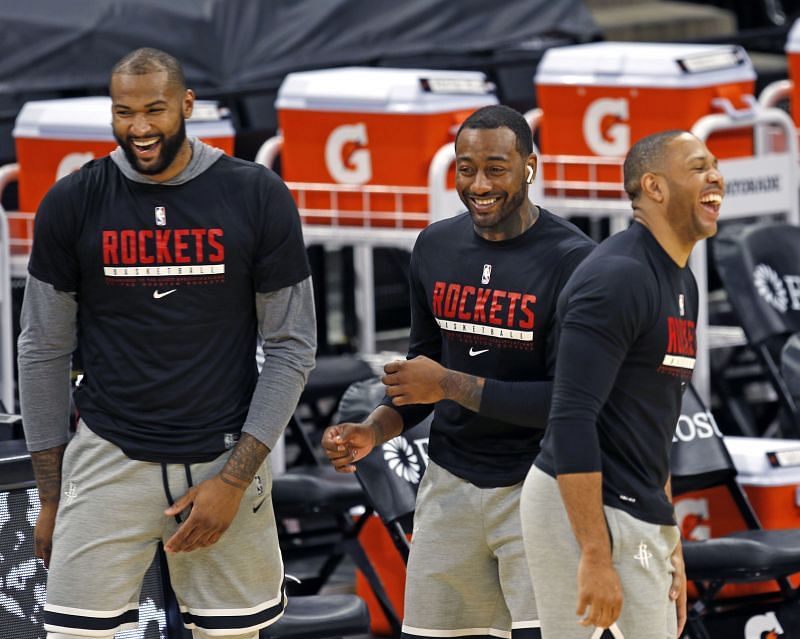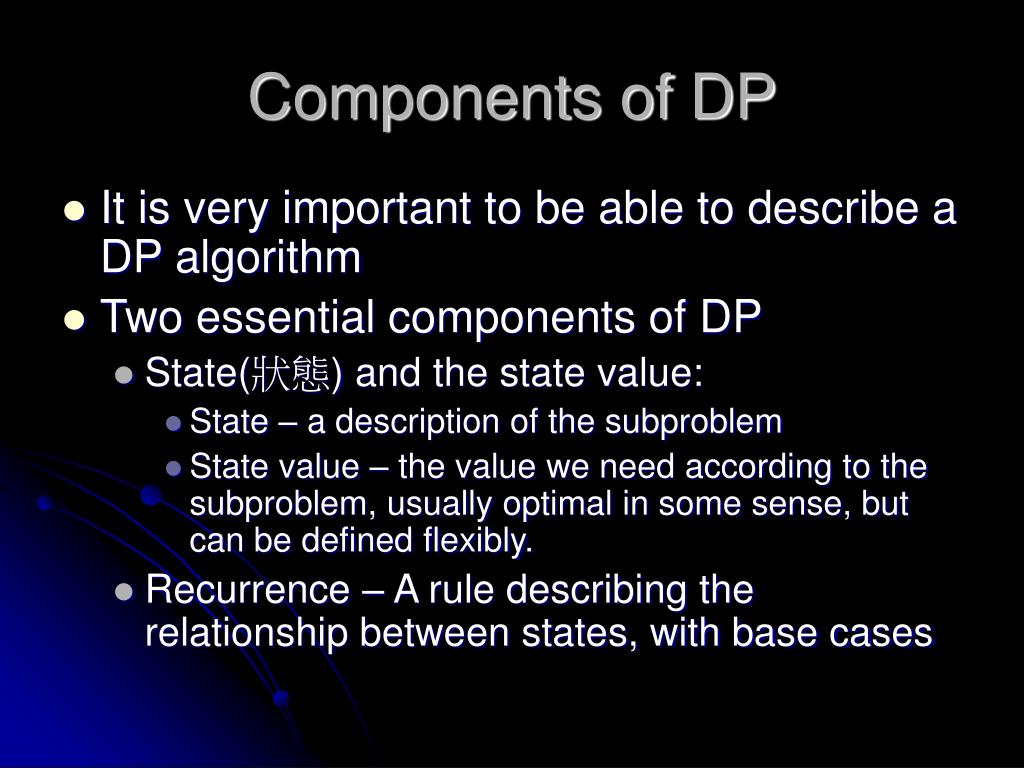Dfs Value Formula
Bankroll management is one of the hardest parts of drafting a strong daily fantasy football team is appropriating the right amount of salary dollars to the right players. One of the simplest ways to determine how much salary should be devoted to a specific roster slot on your team is to look at the number of salary dollars per fantasy point ($/FP) you should expect from a player. This is still a complex method, and in order to get good results from it, you should definitely understand the math behind the process first.
In short, the best way to find a high value player is to find a player with as small of a $/FP number as possible. If Antonio Brown has a salary of $7,000 and is projected to score 18 points, then his $/FP number equals 7,000/18, or $389/FP. That’s not a bad number, but if Odell Beckham, Jr. Has a salary of $6,800 and is projected to score 17. Usage Percentage (AKA Usage Rate and Usage%) Usage Percentage is defined by Basketball-Reference as “An estimate of the percentage of team plays used by a player while he was on the floor', and is calculated by the following formula: 100. ((FGA + 0.44. FTA + TOV). (Tm MP / 5)) / (MP. (Tm FGA + 0.44. Tm FTA + Tm TOV)).
Before we start looking at $/FP data, you should have a good idea of how many fantasy points you need in order to place in the money in your league. Looking at 50/50 leagues is a good place to start as all of the prize money is the same in these, and they are fairly easy to win a prize in. Other leagues, such as tournaments, will obviously have a different approach to them.



If you have determined that you need to score 125 fantasy points in your daily football league to secure a cash prize, then you start with this number, and then break each roster slot down into segments. You should aim for more than the 125 points to give yourself a better chance of winning and think of it as more of a bare minimum to achieve. If in this league, your QB is projected to achieve 15 points, then you take the 15 points and figure out what percentage of 125 it is. In this instance, it’s 12 percent. If you have $50,000 of salary to work with, then 12 percent of $50,000 is $6,000. So, this is the correct amount to spend on QB if he is going to give you 15 points. You can break each position down like this, and as long as your projected point total is above 125, then you have a good chance of finishing in the money in your 50/50 league.
The hard part is spreading your salary around so that you can get your total up above that magic number. In order to do this, the best way for you determine this is with the concept of value. And to determine this, we go back to $/FP.
Dfs Value Formula Present Value
In short, the best way to find a high value player is to find a player with as small of a $/FP number as possible. If Antonio Brown has a salary of $7,000 and is projected to score 18 points, then his $/FP number equals 7,000/18, or $389/FP. That’s not a bad number, but if Odell Beckham, Jr. has a salary of $6,800 and is projected to score 17.9 points, then his $/FP equals $380/FP, which is slightly better. You are spending less money and you are projected to get a smaller return, but the amount that you are spending per point here is better. Stretching this concept across your entire lineup will allow you to spend less and still make sure that you are getting the best value out of every player on your roster, whether they are one of your top picks or not.
Dfs Value Formula
When you take this concept to the larger tournaments, where your payout is determined by how high up you finish, this concept gets a bit tougher to understand, but is still applicable. Your goal is now not just to finish in the top 50 percent, but to finish as close to number one as possible. To figure this out, you need to look at recent results in similar leagues. Let’s say that over the past 100 similar tournaments, an average winning score of 210 has occurred. Now, you just need to adapt the numbers on your roster to add up to as close to this number as possible. That’s not likely to occur with just projections, so you will find yourself taking a few risks here and there. This is where daily fantasy sports become less of a science and more of an art form. Our suggestion? Find cheaper players that have high ceilings, and mix them in with your more stable and consistent players.